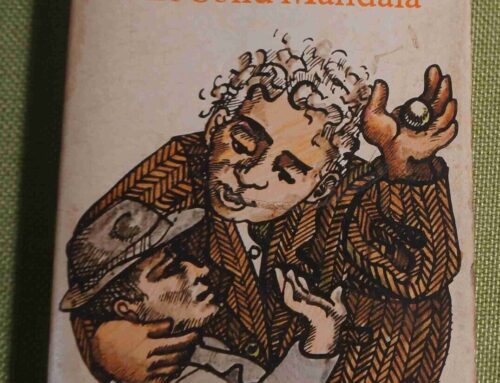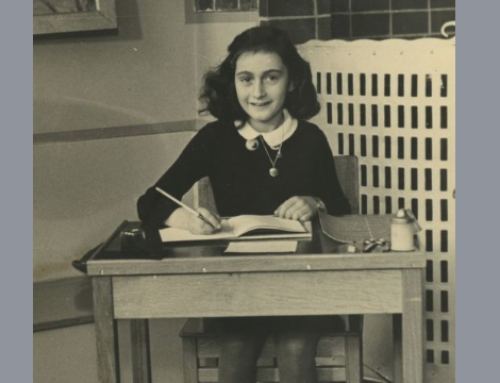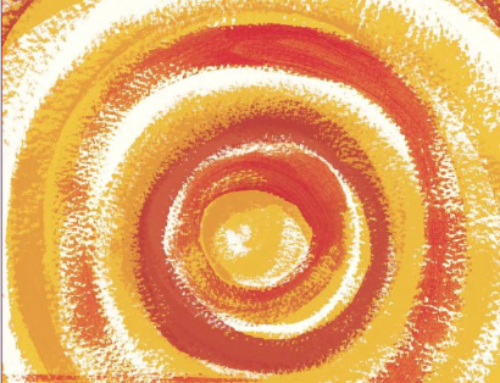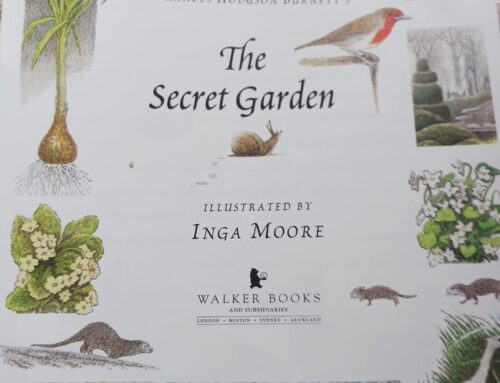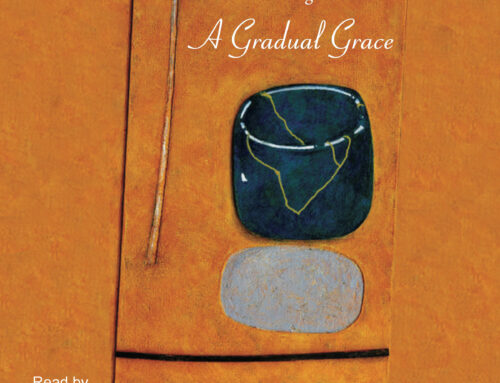Margaret Forster’s family memoir, Hidden LIves, is a study of the real lives of three generations of women, spanning from 1869 to the early 1980s. Margaret’s grandmother and mother were both born in the working class and stayed locked within it in subjugated positions. Margaret died of cancer in 2015 at age 77, with a long list of successful books, fiction and non-fiction, to her credit. This in itself is remarkable, considering she grew up in a family where there were only a few books, including a cookery book and the bible, and she wasn’t really introduced to literature until she won a place at the county High School. From there, she won an open scholarship to Somerville College, Oxford, where she read history. I discovered her writing only recently, when I bought a throw-out from the local library for $1: How to Measure a Cow. I was intrigued by the title, and the book was nothing I expected and much that I found fascinating.
From these two books I’ve read, I’d say that Forster’s fascination is women, both ordinary and pioneering, and how women have been conditioned and imprisoned in domesticity, motherhood, and hard physical work, ‘giving up’ the freedom to earn money and make their own way in life, with little to feed their minds and souls except religion and motherhood and duty. In particular, having grown up in a working class family, with three generations of women formed in this mold, Margaret’s own resistance to the conditioning and her breakout from it is remarkable. From early childhood, she was classified as difficult, demanding…”Fiery, selfish, ambitious, just like Nan. [Her aunt who ‘lived in sin’ with a wealthy man and was a ‘kept woman’]. But Margaret didn’t want a pampered life of luxury, she wanted education, was a serious student who went to debates rather than dances, and didn’t have her first boyfriend until she was 18.
It’s interesting that I’m talking about Margaret, because three-quarters of the book is about her grandmother and her mother, and even in the last quarter, the focus is more on her relationship with her mother than it is about her own life. We learn only incidentally that she gets married before she is twenty (to her first boyfriend?), that she starts writing novels as soon as she leaves Oxford, that she has children of her own. I found this slantwise, indirect story of her personal development frustrating, as she was such an interesting, unusual child, given her home life. But the whole memoir is driven by a double mystery: what happened to her grandmother, Margaret, between the ages of two when her mother died and twenty-three:
She was allowed to have had no past until the age of twenty-three when she was quite happy to acknowledge that she had begun life as a domestic servant to the Stephenson family.
The second mystery is the identity and biography of a woman who turns up at the door of the grandmother’s house after she has died, and demands: “I’ve come to see if she left me anything… I’m her daughter too.” LIke the first mystery, this mystery is not solved. All that the author can reveal is that Alice died in a mental hospital. Clearly, Alice was part of the hidden life of Forster’s grandmother. Her grave is unmarked:
A blank. A path of smooth grass. It looks odd, as though a mistake has been made… How can I forgive my grandmother for her treatment of Alice?
To answer that, Forster concludes, is the stuff of fiction. She resists the temptation to invent a history for her. More:
… it is not my grandmother who needs to be forgiven. It is the times she lived in, those harsh times for women, the times that led to a waste of a far more savage kind than my mother ever experienced… I’m not, and haven’t been, crippled by the family. I don’t pay an enormous emotional price for the having of one. I have been able to be myself within its confines.
Such a transformation, which I too have experienced, rests on the lives of our mothers and grandmothers and their mothers, who bore the yoke of domesticity and duty all their lives, without the key to let themselves out of the prison. Much love was shared and beauty was found in those deeply constrained lives, but much was lost too. This, now, is our time and we are finding our way into the open air.
